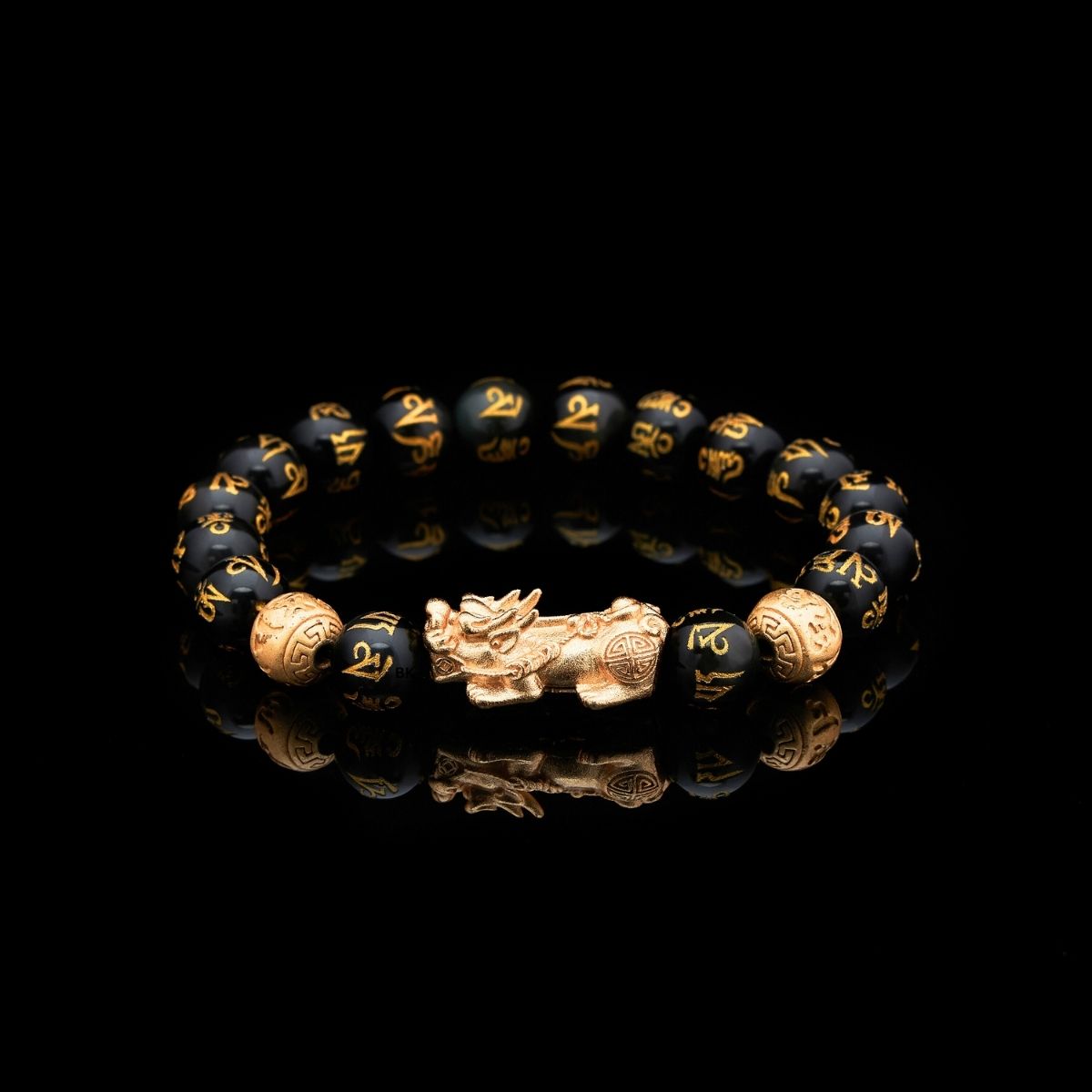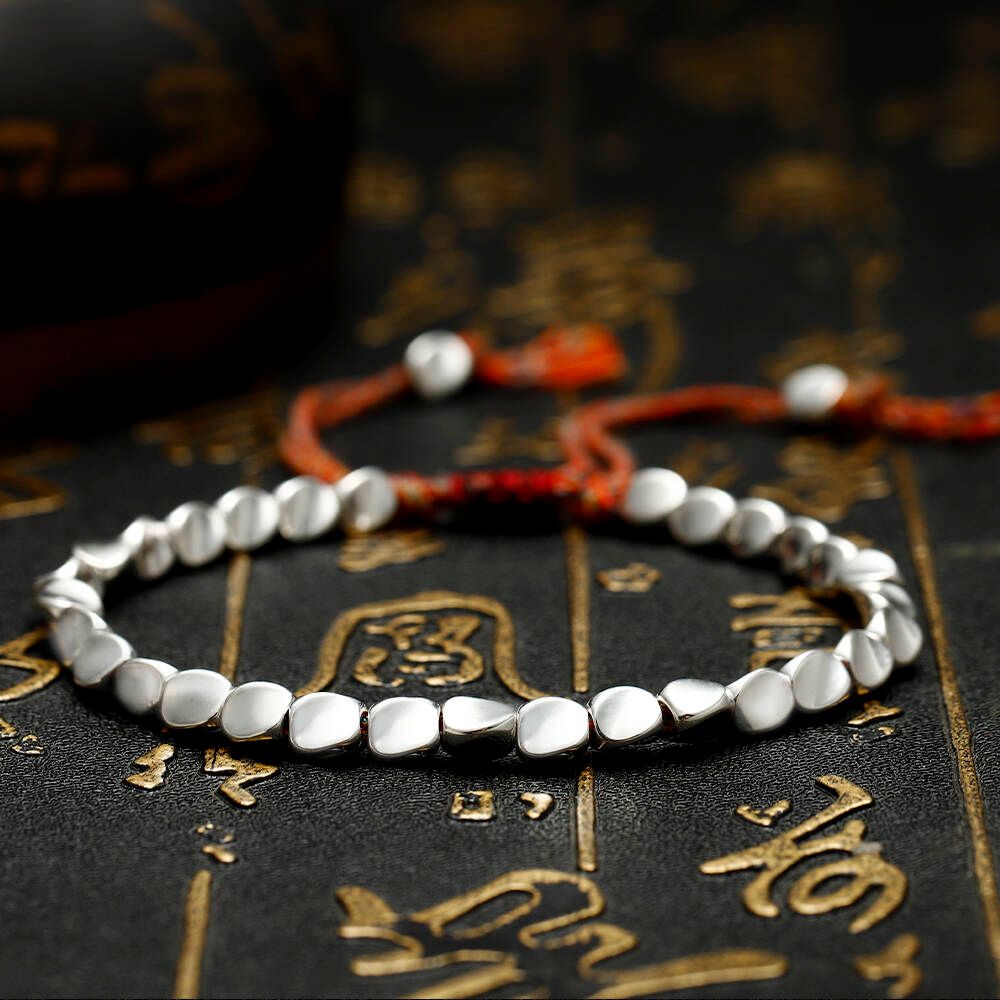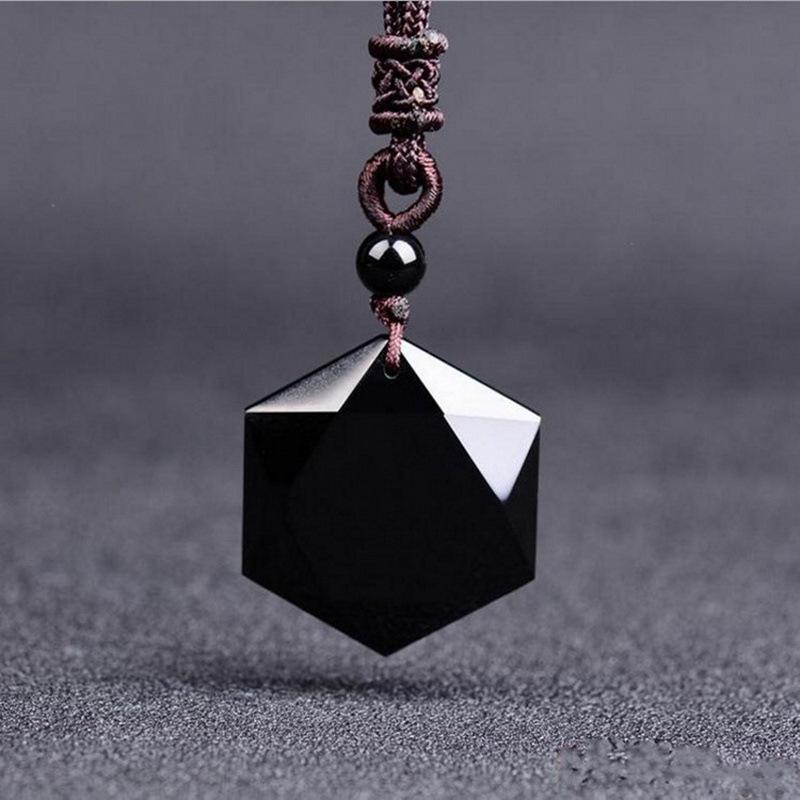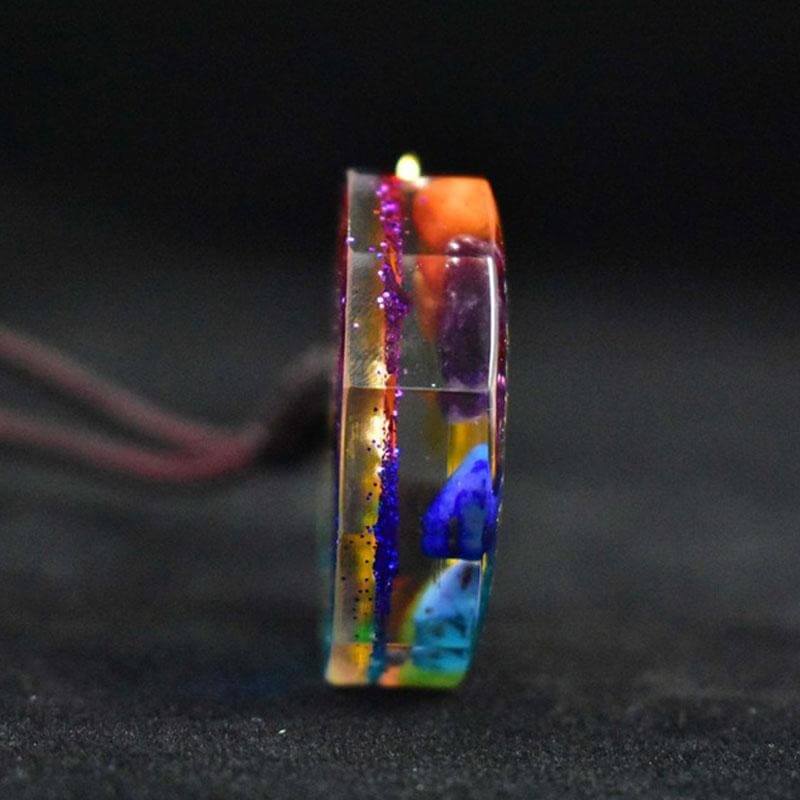Green Aventurine is widely known for its shimmering, green surface and heart-healing energy. But with so many synthetic or dyed imitations on the market, it's important to know how to identify real Green Aventurine from a fake.
In this complete guide, we’ll explore the characteristics of authentic Green Aventurine, how to spot fakes, and what you should look for when buying a piece—whether it's raw, polished, or made into jewelry.
What Is Green Aventurine?
Green Aventurine is a type of quartz crystal known for its sparkly inclusions of mica or fuchsite, giving it a glistening effect known as "aventurescence." It is often associated with luck, prosperity, and emotional healing—making it one of the most popular stones in crystal healing.
Also read: How to Charge Green Aventurine
Why It's Important to Identify Real Green Aventurine
With the rise in demand for healing crystals, fake stones are common in the market. Sellers often substitute Green Aventurine with dyed quartz, glass, or even plastic. Spotting real Green Aventurine helps you avoid being misled and ensures you get the full energetic and healing benefits of the genuine crystal.
Characteristics of Real Green Aventurine
To identify authentic Green Aventurine, pay attention to the following features:
1. Natural Color Variations
Real Green Aventurine usually ranges from pale to deep forest green and may include streaks or slight variations in shade. If the green color is too uniform or vibrant, it may be dyed or synthetic.
2. Aventurescence (Sparkle)
One of the hallmark features of real Green Aventurine is its sparkle, which comes from mineral inclusions such as mica or fuchsite. Hold it under light—if you see a subtle glitter or shimmer effect, that’s a good sign of authenticity.
3. Cool to the Touch
Like all genuine stones, real Green Aventurine will feel cool when held, especially when compared to plastic or glass imitations.
4. Hardness Test
Green Aventurine ranks about 6.5 to 7 on the Mohs hardness scale. It shouldn't scratch easily, and it won’t be as fragile as glass or plastic.
Related: Which Hand to Wear Green Aventurine Bracelet
How to Test If Your Green Aventurine Is Real
Here are some easy tests you can perform at home:
1. Visual Inspection
-
Look for subtle sparkles (aventurescence).
-
Check for natural-looking color variations.
-
Avoid overly vibrant or neon green shades.
2. Scratch Test
-
Use a steel nail or knife to gently try and scratch the surface.
-
If it scratches easily, it's likely fake. Real Green Aventurine should resist scratching.
3. Light Test
-
Hold it under a flashlight.
-
Real Green Aventurine will subtly shimmer, while dyed quartz or glass may look dull or overly transparent.
4. Check for Bubbles
-
Examine the stone under a magnifying glass.
-
If you see small air bubbles, it's probably glass, not a real crystal.
5. Weight Test
-
Real Green Aventurine has some heft to it.
-
Plastic or resin fakes feel too light.
Tip: Pair with a Cinnabar Bracelet for Amplified Manifestation Energy
Common Fake Green Aventurine Materials
1. Dyed Quartz
Quartz that’s been dyed green is one of the most common fakes. The color usually appears too bright and uniform.
2. Green Glass
Some sellers pass off colored glass as aventurine. Glass lacks the sparkle and texture of real stone.
3. Plastic or Resin
Easily detectable by weight and temperature, plastic versions are often sold in cheap jewelry.
Where to Buy Real Green Aventurine
To ensure you’re buying the real Green Aventurine, shop from trusted retailers or crystal specialists. Buddha & Karma offers ethically sourced and authentic crystal bracelets designed with purpose and energy alignment.
Popular Choices:
Explore more: Black Stone for Protection
Energetic Feel of Real Green Aventurine
People who are sensitive to energy often describe real Green Aventurine as:
-
Calming and grounding
-
Heart-opening and emotionally healing
-
Energizing during manifesting rituals
If your stone doesn’t feel like it’s doing anything, it might be synthetic—or it could need cleansing.
Learn how: How to Cleanse and Charge Your Crystals
Frequently Asked Questions
Q: Can real Green Aventurine fade in color over time?
Only slightly, especially with frequent sunlight exposure. But it won’t lose color as quickly as dyed quartz.
Q: Is all Green Aventurine sparkly?
Most real pieces show some shimmer, but raw or lower-grade aventurine may sparkle less.
Q: Is Green Aventurine the same as jade?
No. While both are green, jade is a different mineral altogether. Jade has a denser structure and different metaphysical properties.
Final Thoughts: Trust Your Intuition
When it comes to choosing a real Green Aventurine stone, your intuition matters. Look for sparkle, texture, natural variation, and weight—and always buy from a trusted source.
Knowing what to look for not only helps you avoid fakes but also ensures you’re tapping into the true power of this heart-centered stone.
Whether you’re wearing it for luck, love, or emotional balance, authentic Green Aventurine can support you every step of the way.














Leave a comment